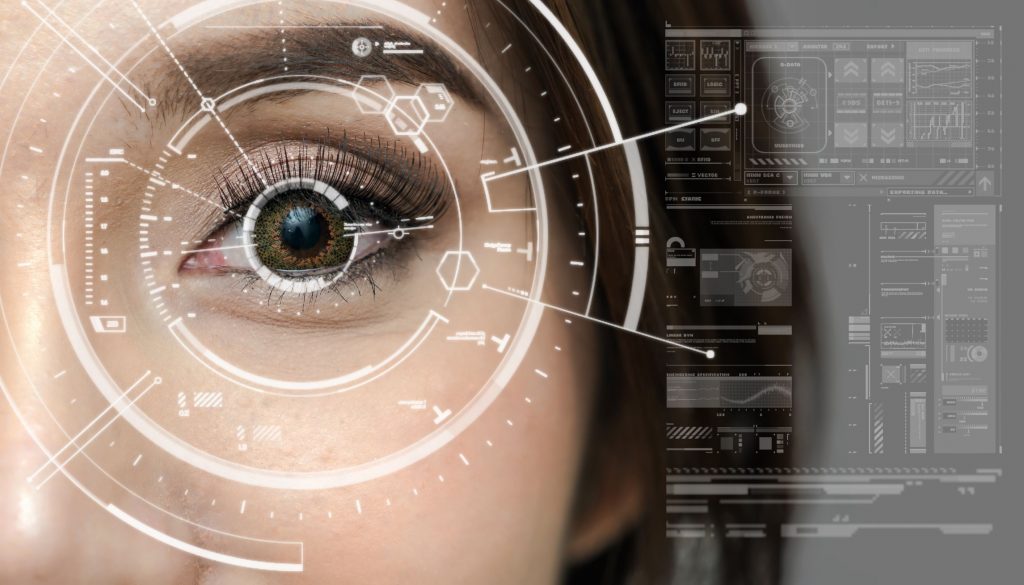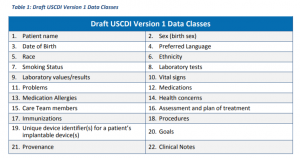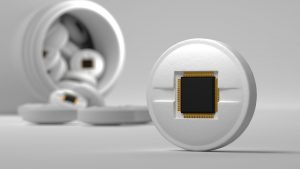Biometrics is one of the fastest growing areas of technology in healthcare as well as consumer technology. If you’re unfamiliar with biometrics, here’s some background to help paint a clearer picture of the impact they’re set to have on healthcare.
What Are Biometrics?
Biometrics are data on an organism or group of organisms that are used in biometric analysis, either in biological systems study or in identification.
Biometric data is valuable to scientists and researchers who study the behavior of individual organism and how biological systems operate. However, in most settings – including healthcare – it is implemented for identification.
Examples include digital fingerprint analysis and the use of images that are processed by computer software for facial recognition – each to make a 100% positive identification.
Others means of collecting biometric data include palm or eye scans. Basically, anything that provides data which allows software to use complex algorithms that can quickly match the unique characteristic to the right person.
Uses of Biometrics
Biometrics are used in a wide range of areas from measuring the stress of surgeons to verifying patient’s identity through facial, voice or palm print verification.
This is important for healthcare, especially hospitals, in many ways. The two primary areas are in improved service and patient experience.
Using biometric data to identify a patient offers medical professionals information quickly on the patient’s identify and medical history – improving service and potentially eliminating mistakes.
For example, simply taking a photo of an incoming patient for facial recognition or scanning their fingerprint could save time in filling out paperwork. Software could instantly connect the patient with the right medical records, which already contains the pertinent information.
Keely Aarnes, IT director at Northwell Health, told Healthcare IT News that biometrics can also drive a better patient experience. For example, she said having facial recognition software in CCTV cameras would mean hospitals would know the patient as they arrive, allowing staff to check them in, reduce wait times, introduce them to their care team and provide them links to educational material.
“Biometrics has more use cases then just identification – it can drive the entire patient experience,” she said.
Biometrics Use Cases
Biometrics already are in use in some places.
One example involved surgeons. In a study lead by a graduate student at Columbia University’s Data Science Institute, a “smart shirt” was used to measure surgeons’ physiological data under stress. The study found surgeons made up to 66% more mistakes under stress.
Those conditions included disruptions such as alarms and loud noises. The wireless shirt had sensors that captured data on electrocardiogram activity and breathing.
In another, Population Services International, a nonprofit that helps treat health issues in 67 countries, is developing biometric software to identify patients through palm or facial recognition. The software, being developed by New York-based biometrics company Element, will use cameras on smartphones or tablets and transfer the images to the software.
It’s especially useful for younger patients who frequently do not have identification when seeking services from the organization. If the pilot project is successful with adolescent patients, the non-profit plans to expand its use to patients across all demographics.




